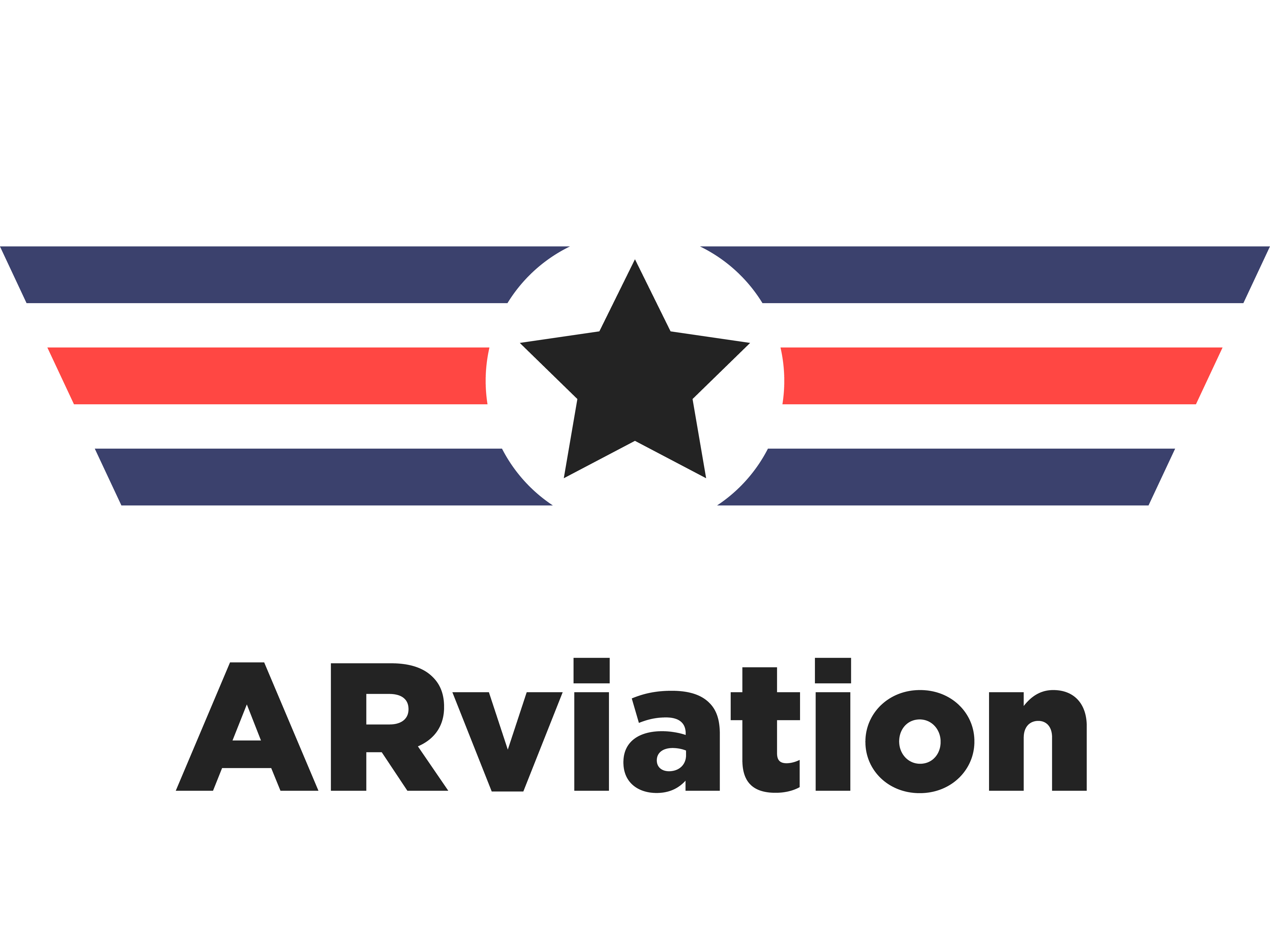This week, we focused on preparing a working prototype experience for a playtesting session at Hosanna House, which happened today, and on setting up our halves presentation, which will be taking place on Monday. Therefore, we all put a lot of effort into creating digital and physical assets, developing the AR app, designing the playtesting experience, and making a good slide deck for the presentation.
The highlight for the blog is definitely the playtesting session, which was very enlightening and exciting.
Playtesting Prep
We contacted Hosanna House some time ago to schedule a session with as many students in our target demographic as possible (ages 12-14). In our arrangements for the session, we learned that the oldest children staying in their after school program (those who could be our playtesters at the time) did not reach our age target; these kids were a bit younger (9 – 11 years old), and there were only four of them.
Despite this, our team decided to go forward with the session. We considered it to be extremely important to meet the children that attend Hosanna House’s programs and events to understand their interests, and overall, to playtest with children (not just our fellow – adult – students at the ETC!).
Therefore, we prepared our materials to carry out the experience with four kids. These included the fourth version of our manuals, lanyards identifying each guest’s role in the experience (historian, physicist, engineer – we assigned to guests for the latter), paper markers, paper components, and a paper fuselage, tablets with the app, and a playtesting guide with objectives and questions.
We chose to do an entire paper run-through of the experience with the kids because, even though the app works as a “proof of concept” prototype, we worried that incorporating it in the experience from the get-go could confuse our playtesters, if they encountered any possible glitches or didn’t understand the UI. However, we did plan to show them the app and the end of the paper experience, introducing it to them as part of the final experience we are building. This way, we assumed, they would get a taste for the tech involved and could give us feedback on it, without the risk of incurring in confusion.
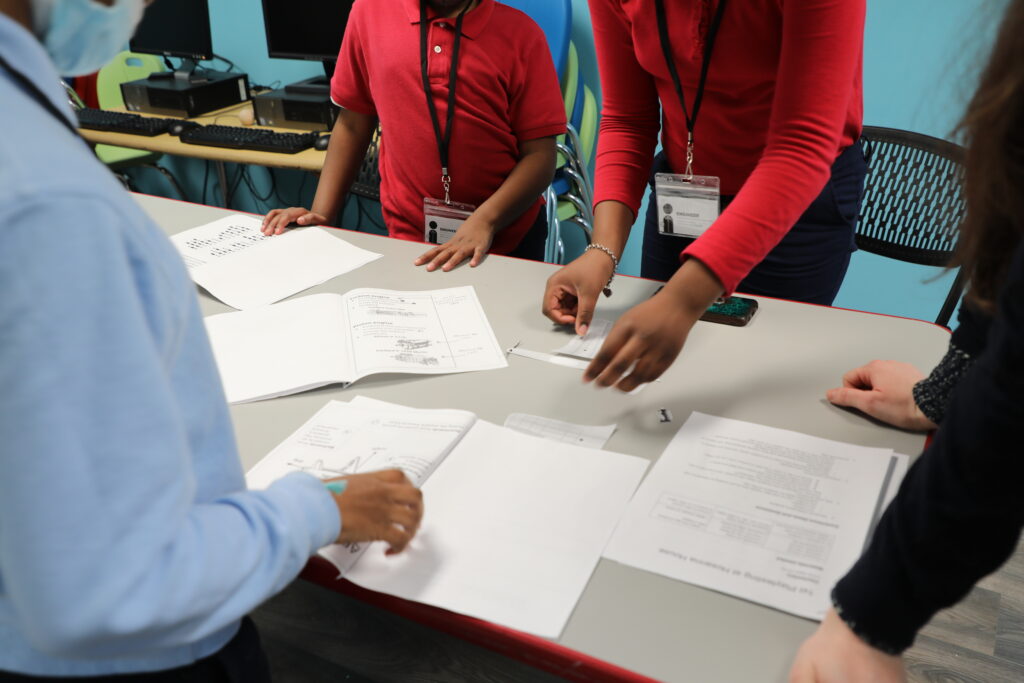
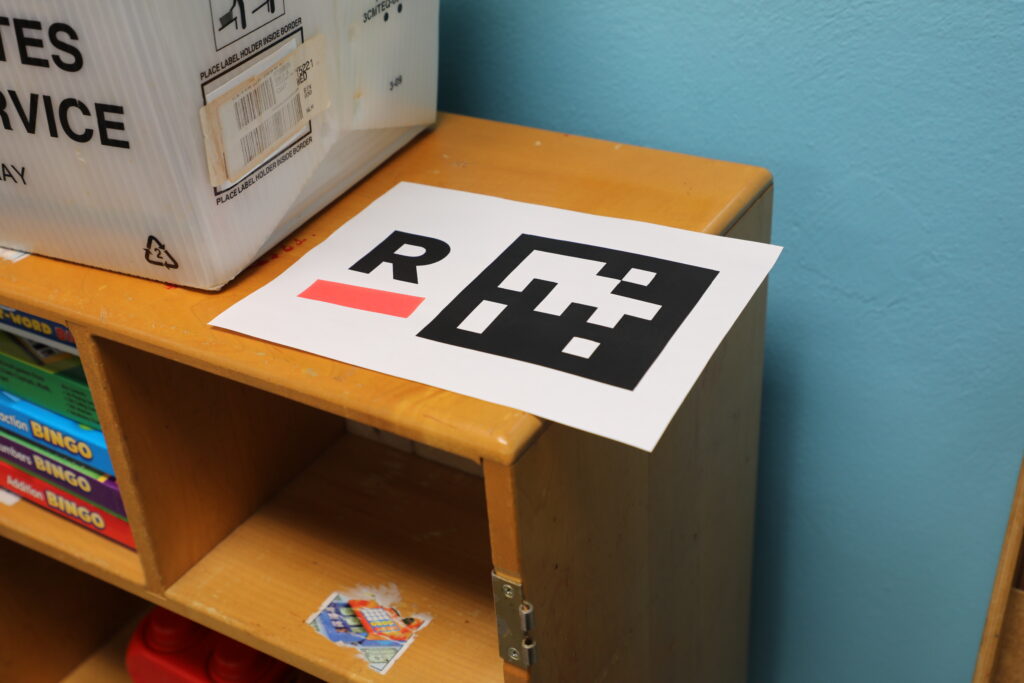
During the Session
At Hosanna House, we were assigned a classroom as our testing space and were accompanied by Randy Goodnight (Director of Youth Programming) and 4 students that we’ll identify as follows:
- J: age 9, male, 4th-grader
- H: age 10, female, 3rd-grader
- K: age 10, female, 4th-grader
- S: age 11, female, 4th-grader
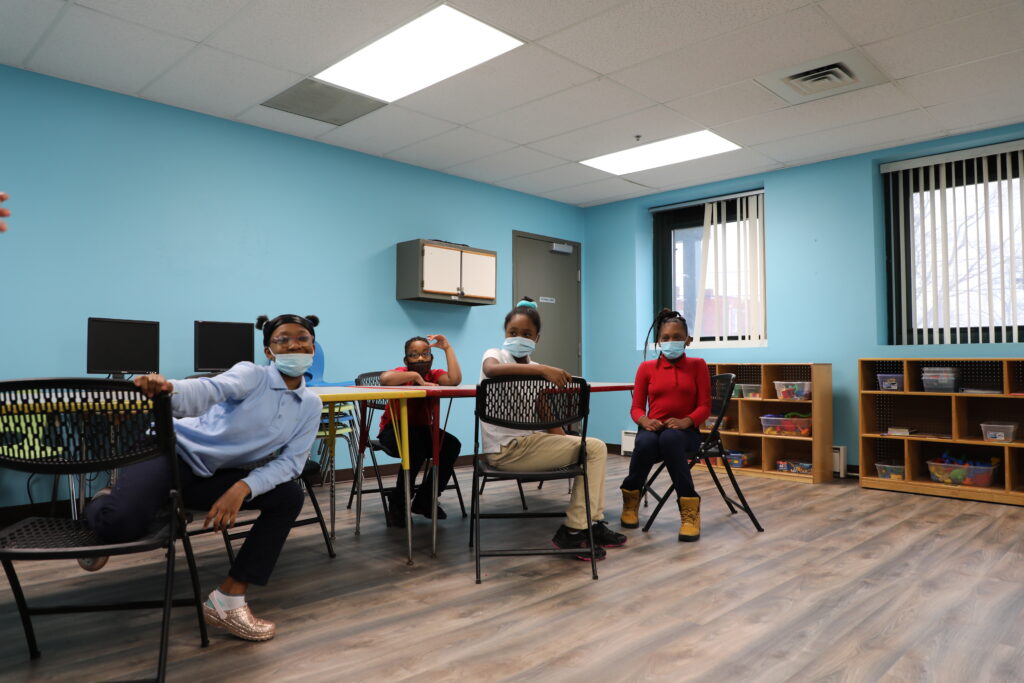
As per our team, we divided our tasks so that the session could progress as smoothly as possible, and such that we could gather as many notes/observations and photos/videos as we could (the children had authorization from their guardians to have their image captured at Hosanna House):
- María: Facilitator (given her role as UX designer and previous experience as a school teacher, with children in this age range)
- Xiaoying: Note-taker
- Eric: Note-taker
- Ivy: Photographer
- Jimmy: Videographer
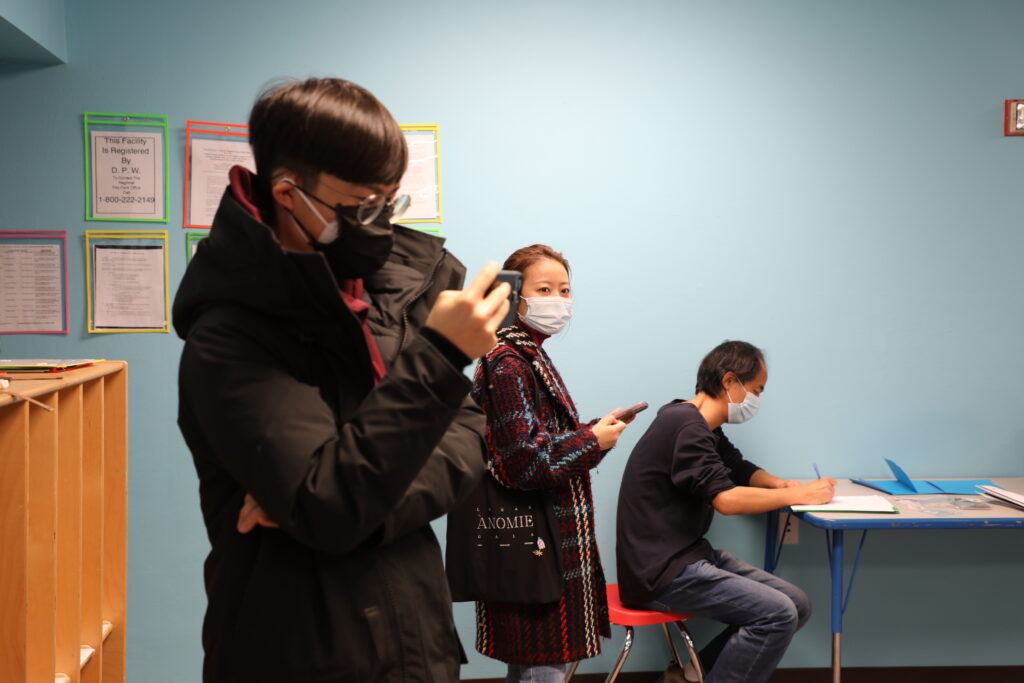

Notes taken during the session, about the kids interactions, actions, and answers/comments can be found in our playtesting notes document for this occassion.
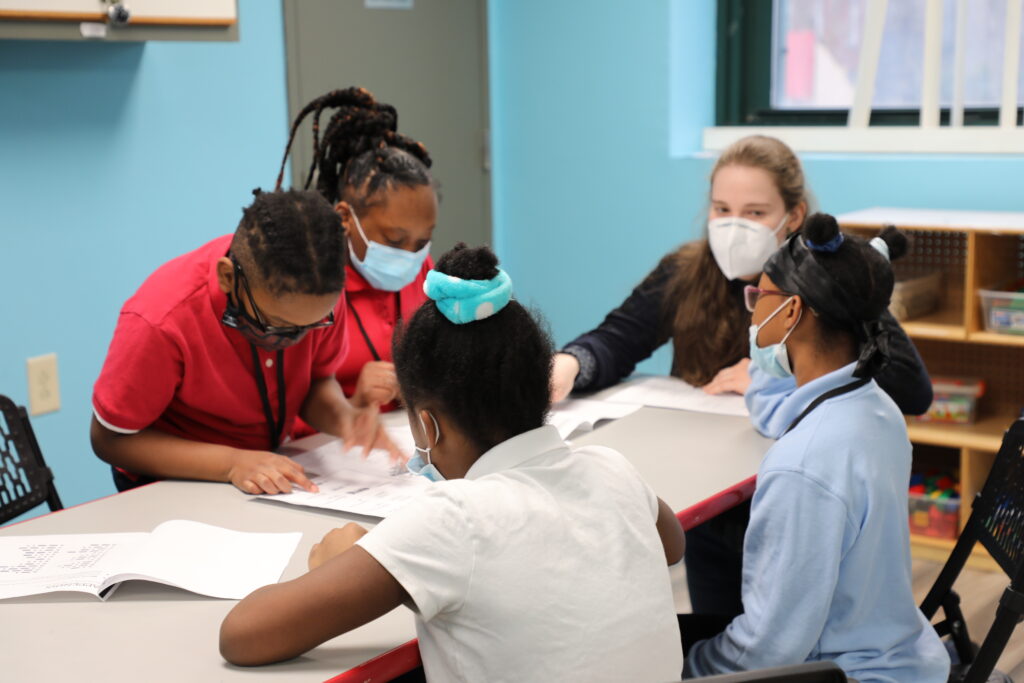
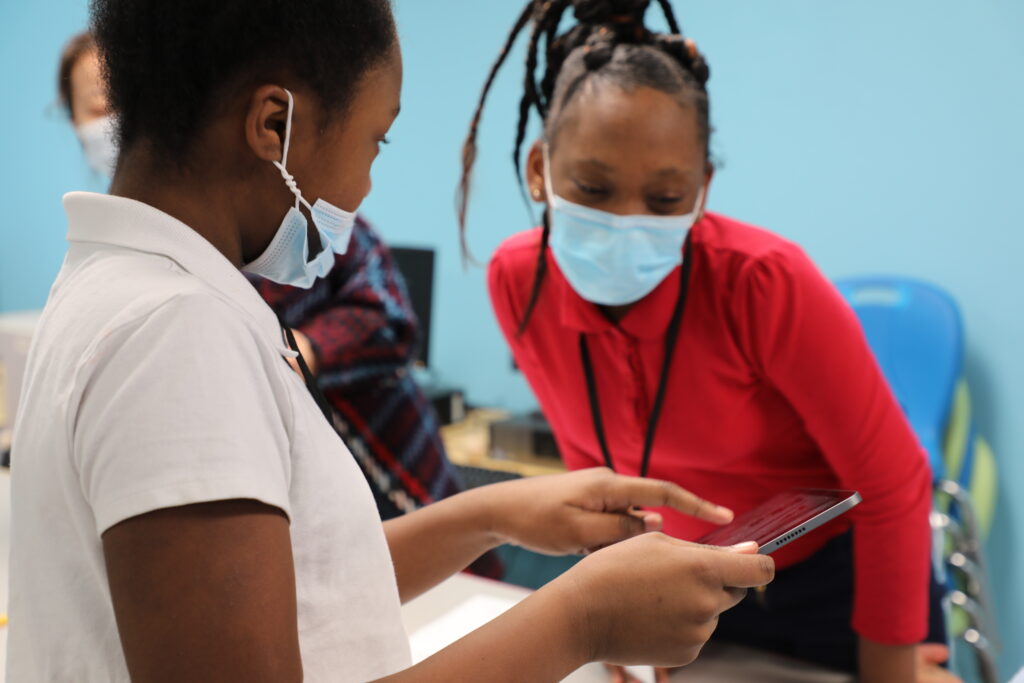
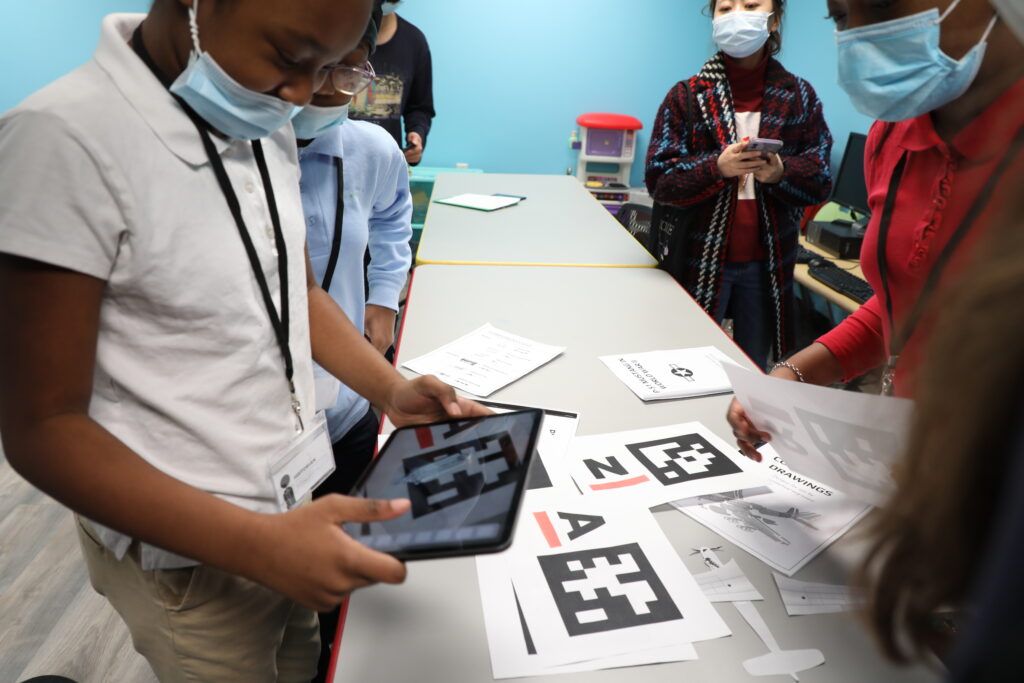
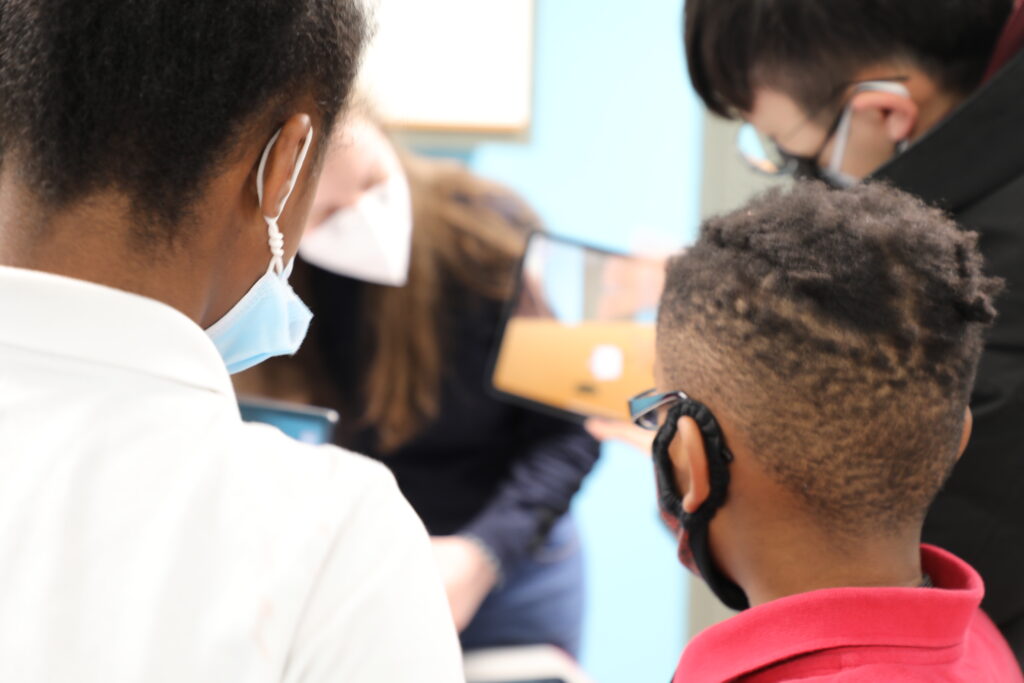
Takeaways
It comes as no surprise that this experience served to clarify many of the questions we had about our project, and issues we couldn’t find solutions for previously because we weren’t aware of how kids would react to our design and its materials.
On the plus side, our 4 playtesters were very engaged with the activity – they enjoyed the building aspect of the experience, learning about airplane components, deciphering Morse Code, hunting for markers hidden in the space, and using technology to bring different things to life (Charlie, our narrator/character; the 3D models of the components; the assembled airplane, etc.). Also, they did get a grasp of how many different roles are required within the field of aviation. We believe that our overall design for the experience will be successful because of this.
However, certain details need fine-tuning. The information on the manuals, in particular, was hard for them to navigate. Granted, we didn’t design the experience for kids this young – but after seeing their enthusiasm and openness to learn and play, we were left wondering… should we pivot to this age range? There seem to be several advantages to doing so, even if it implies reworking our materials.
Finally, we also got very valuable feedback from Randy, who was a part of the experience as well. He commented on the goals he could recognize in the experience, which he appreciated (such as the exposure to many careers, the process of allowing these kids to imagine themselves carrying out these jobs and becoming experts, and the acknowledgement of the contributions of African Americans in this field). He also explained what we could improve on, based on his work with this community of students and his professional experience.

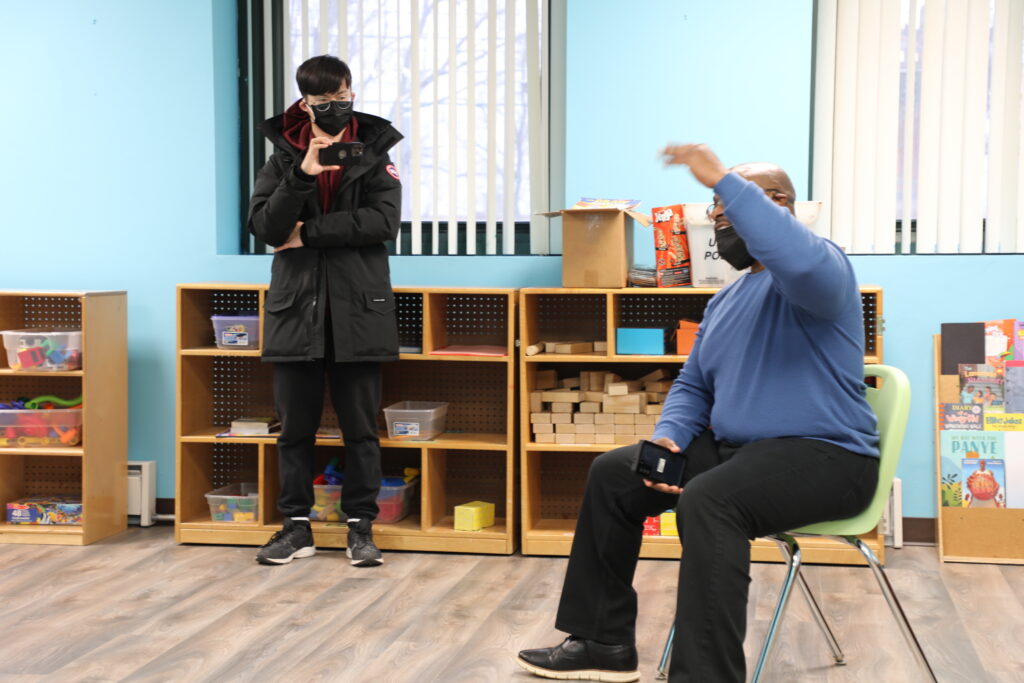
All in all, there’s no doubt that this has been one of the most important moments of the semester thus far.

